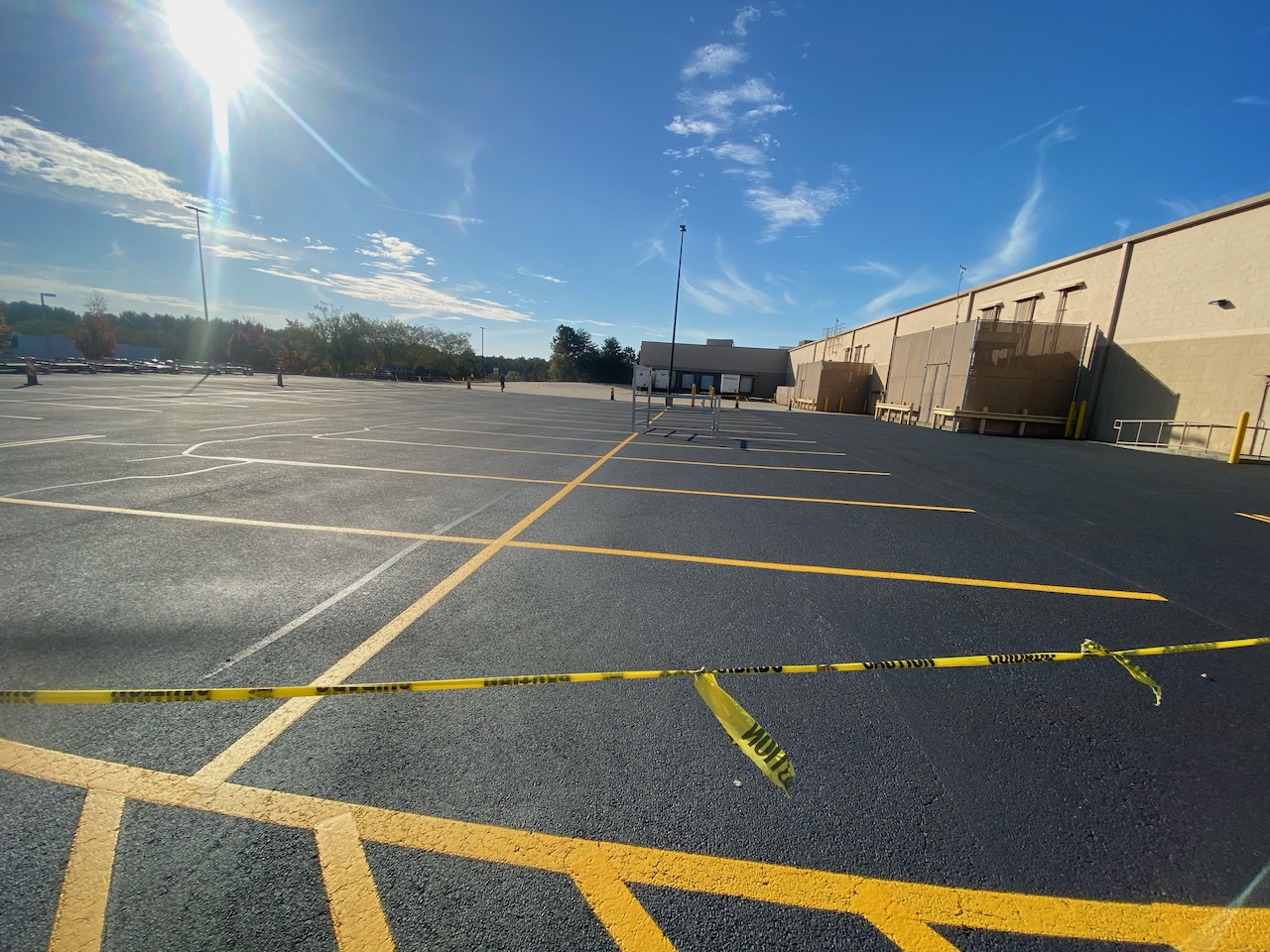
How do professionals perform patchwork?
The first thing that asphalt contractors do is to assess the extent of the damage and the condition of surrounding pavement. Based on this inspection, a professional will likely recommend one of two patchwork methods. • Surface: Surface patching involves applying fresh asphalt over the broken asphalt, taking care to spread the new asphalt onto surrounding areas for additional support and stability. Typically, no existing pavement is removed although “crumbs” may need to be cleared. Of the two methods, this is the faster, but it is not as permanent a solution as the second method. • Full-depth: With a full-depth patch, some excavation is required. At minimum, the damaged area of pavement must be removed. Often, the sub-base underneath the damaged area must also be removed. The area is then rebuilt. Some contractors refer to this as “remove and replace.”
When should patchwork be performed?
In the absolute sense of “when,” asphalt needs to be patched as soon as damage occurs. In reference to the time of year, the best months are late March through early September. This not only protects the surface from suffering further damage during the winter, but it also gives the patch time to cure adequately before sealcoating is applied the next spring.
Why is it important to patch asphalt quickly?
An asphalt surface rests on a base and sub-base that provide the necessary support and strength for the pavement to fulfill its purpose. If the foundation becomes compromised, the surface becomes compromised. Protecting the foundation requires preventing moisture from finding its way beneath the surface. Unrepaired cracks, chips or potholes give water a means of reaching the sub-base. The water will spread, eating away at the sub-base as it goes. If it freezes, it will expand and do even more damage to both the sub-base and the pavement above it. This can cause a cracking pattern that has the appearance of a reptile’s skin; contractors refer to pavement that has suffered this indignity as “alligatored.” Once a pavement is alligatored, it is impossible to patch it — all damaged areas must be removed and replaced.
Why should I call MH Greeson Paving for patchwork?
We are a complete asphalt repair and maintenance service company with impeccable references and extensive experience. We are committed to providing quality work at competitive prices. In addition to patchwork and crack filling, we specialize in asphalt sealcoating, parking lot striping, install traffic signs or car stops, help you make your parking area ADA-compliant or handle more extensive asphalt repairs. If you would like more information on how we can help you protect your investment in asphalt pavement, you can ask for a free quote or call us at (770) 335-2983.
MH Greeson Paving is a paving company that you can depend on…where your in Atlanta, Smyrna, Marietta, Acworth, or Kennesaw…satisfaction is guaranteed!




